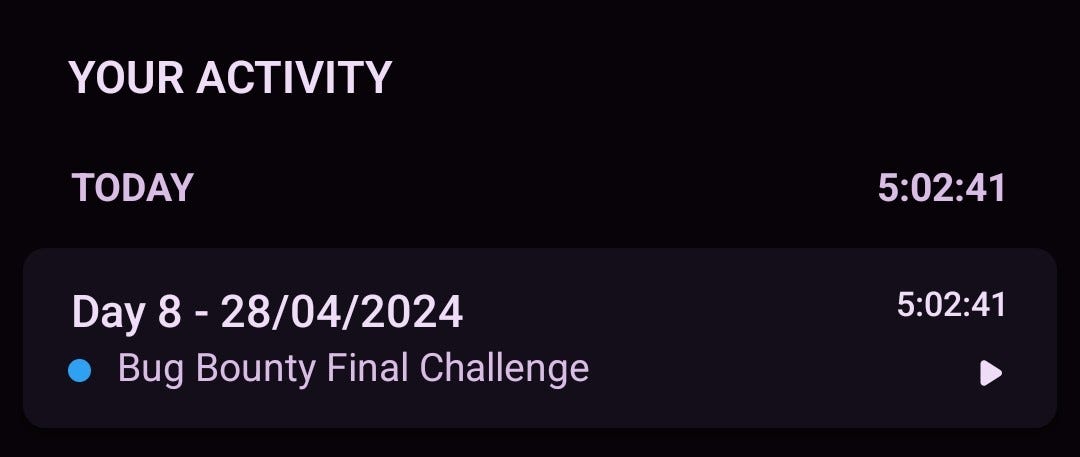BOOK THIS SPACE FOR AD
ARTICLE ADThe ubiquity of web applications has led to an increased reliance on deployment tools like Docker Compose, owing to its simplicity and flexibility. However, as with any technology, the rise in the adoption of Docker Compose means that the risk of cyber threats looms large, necessitating a more rigorous approach to security testing.
To this end, penetration testers must possess the requisite knowledge and skills to conduct comprehensive vulnerability testing on web applications built with Docker Compose. This article provides a detailed guide to help testers conduct a thorough and effective security testing process.
In order to conduct an effective vulnerability testing process, a deep understanding of Docker Compose is indispensable. This includes a solid grasp of the Docker file, docker-compose.yml file, and Docker architecture, which enables penetration testers to identify and exploit vulnerabilities with precision and clarity.
The first step in the vulnerability testing process involves scanning and enumeration. This process entails identifying the services, open ports, and protocols utilized by the web application. An array of tools like nmap, masscan, and docker-scan is available for this purpose. Once this is done, testers can use other tools such as dirb, gobuster, or wfuzz for directory and file enumeration. The resulting information will be used to pinpoint potential entry points for exploiting vulnerabilities.
After completing the scanning and enumeration process, testers must conduct comprehensive vulnerability testing. This entails identifying and testing for known vulnerabilities and weaknesses such as SQL injection, cross-site scripting (XSS), and command injection. The OWASP ZAP, Burp Suite, and Nmap scripts are useful tools that testers can employ for this process. These tools help identify vulnerabilities and provide detailed reports and analysis of the findings.
Upon identification and exploitation of vulnerabilities, it is vital to take steps to harden the Docker Compose environment. This involves implementing secure coding practices, such as input validation, sanitization, and output encoding, as well as configuring secure networking and access controls. In addition, container security best practices such as scanning images for vulnerabilities, using trusted base images, and limiting container privileges and capabilities should be implemented.
Continuous monitoring and improvement of the security of Docker Compose web applications is essential to maintain their integrity and protect against cyber threats. This involves implementing a robust security monitoring and incident response plan and regularly testing for vulnerabilities and weaknesses.
In conclusion, Docker Compose is an incredibly useful tool for deploying web applications, but it also presents security challenges that cannot be ignored. A comprehensive vulnerability testing process is crucial for identifying and addressing security risks, and this article provides a detailed guide to help penetration testers conduct such a process effectively.
.png)
 1 year ago
88
1 year ago
88 













 Bengali (Bangladesh) ·
Bengali (Bangladesh) ·  English (United States) ·
English (United States) ·